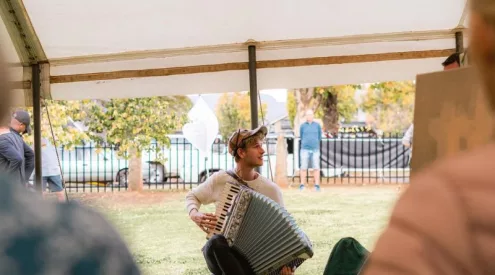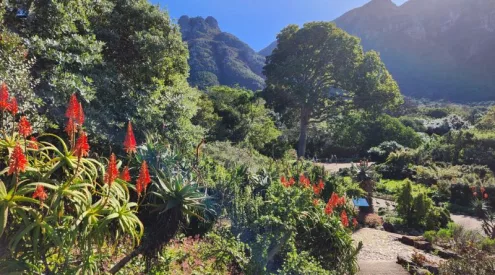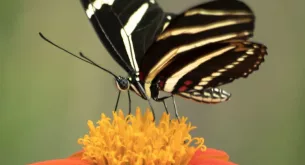The strange tale of how a rare yellow arum lily, endemic to Mpumalanga, went walkabout, travelled to Middelburg and then ended up in an Eastern Cape village.
The area around Dullstroom and Roossenekal is one of the few places you’ll see yellow arum lilies (Zantedeschia pentlandii, in Afrikaans the geel varkoor) growing in the wild. They’ve become garden favourites, so I wasn’t too surprised to see one blooming in Jannie and Erika du Plessis’ garden in the Eastern Cape village of Bathurst. But my jaw dropped when the retired farmers told me how it got to their farm in Middelburg on the Highveld.
‘We bought some feed for our cattle from a farm in Roossenekal,’ recalled Jannie. ‘A black mamba must have hitched a ride with the fodder, as they don’t occur around Middelburg. The snake was spotted at the house and shot in half with a shotgun. Some of its stomach contents landed in the garden and included a large cane rat.’
Some six months later, arum lilies came up on the same spot and produced yellow flowers the following season. Erika had never had them in her garden before and supposed the cane rat must have had seeds or parts of the rhizomous root in its stomach.
The yellow arums multiplied well and she gave some away to friends and family, and naturally took some of these special plants to Bathurst when they retired there.
So their yellow arum has travelled far and wide, thanks to the snake that ate the rat that ate the seeds….
I asked Kirstenbosch botanist and flower guide author John Manning to what he thought of this arum lily’s mode of transportation. The seeds are succulent and might well appeal to rodents, said John. “But rodents generally nibble items into small pieces before swallowing. Hamsters temporarily store the stuff in their cheeks, but even then nibble it before swallowing.
“The chances of a seed being swallowed intact is remote, although one might say that the animal swallowed it in fright when the snake got it! The bottom line is that almost anything is possible, but I would consider it unlikely, and unusual at best. Bear in mind too that the plants would take some years from seed to flowering anyway.”
What do you think?

















